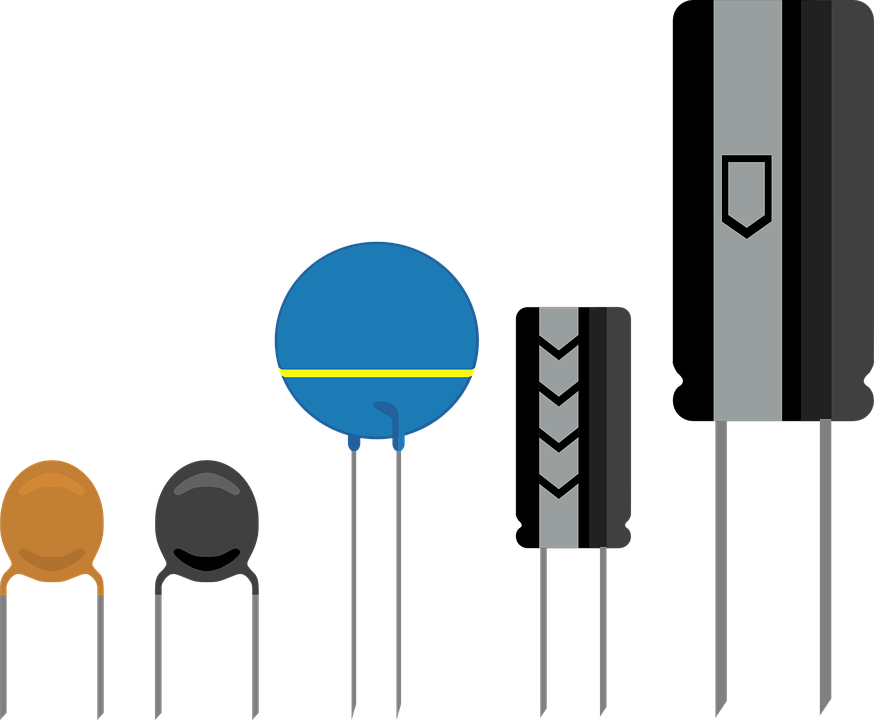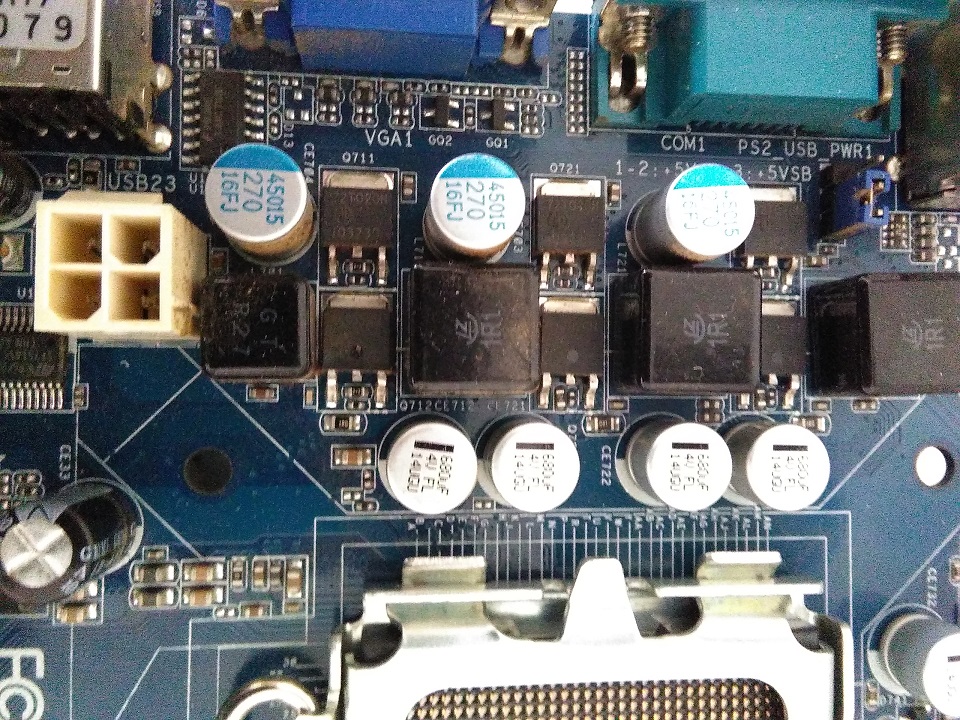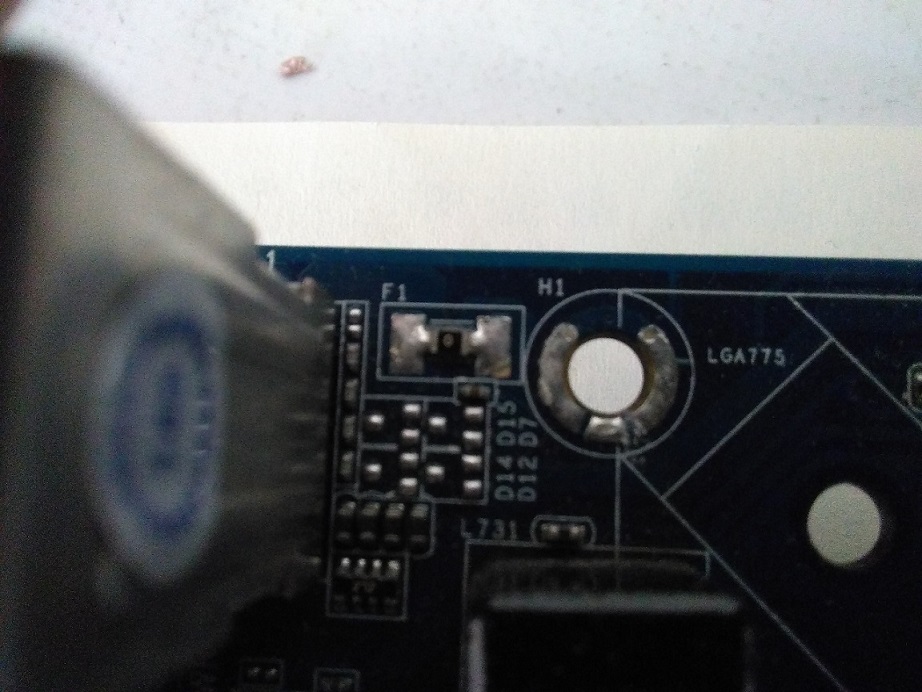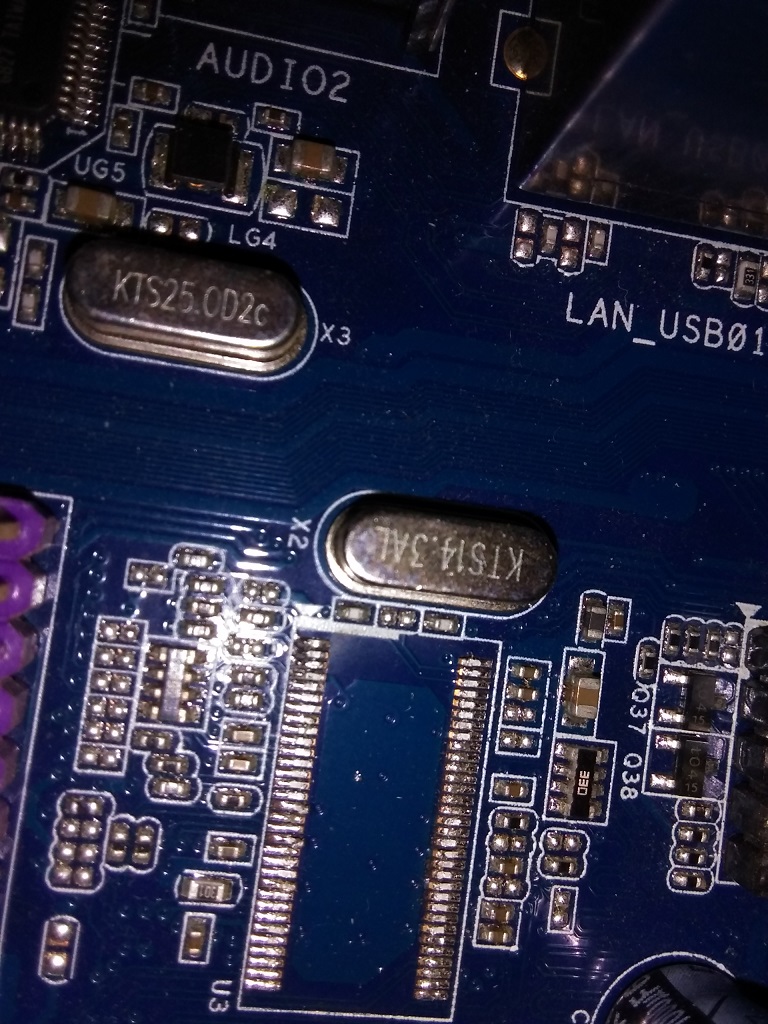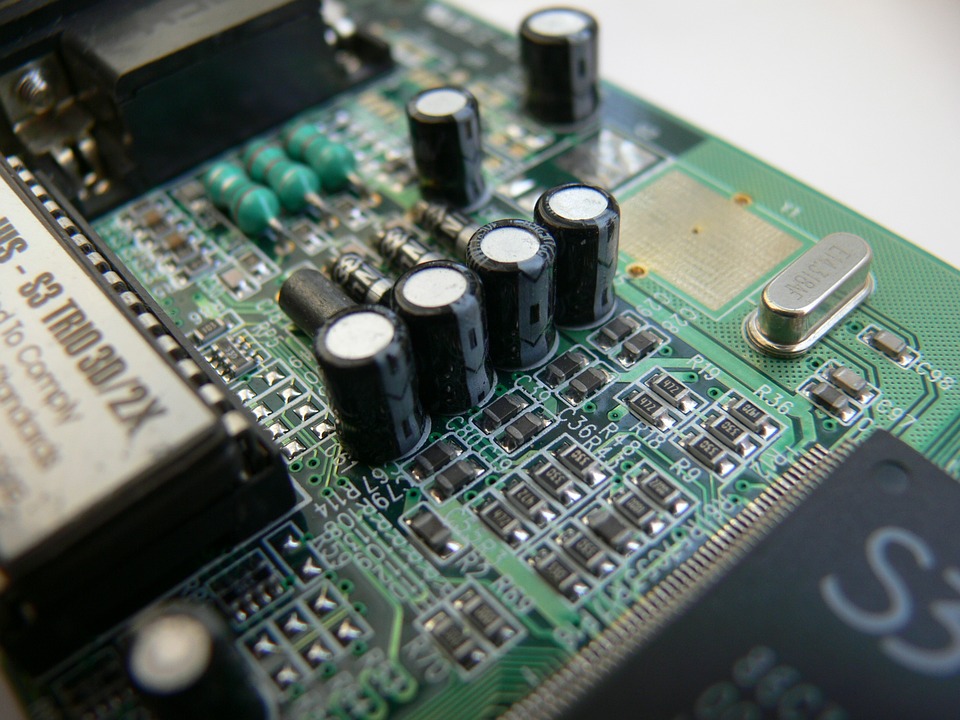 Armando Caligiuri electrons in
motion
Armando Caligiuri electrons in
motion

Passive electrical and electronic components
Passive components are devices designed to condition the electrical and electronic quantities without returning a gain, in practice they return on their output a value equal to or lower than that present at their input.
Passive components, usually, in an electrical or electronic circuit surround the active components, are used to condition the input and output signals and set the operating parameters of the stages that make up the circuit itself.
It should be noted that what has been said above is mainly valid in direct current, in alternating current it is not always the case, there are some conditions in which a circuit made up of passive components can have a resonance condition, i.e. the signal on a single frequency can have a value higher than that at its entry, but only on a frequency, the frequency of agreement in question is established by the value of the passive components, to find out more you can go to the radiowave page of this site.
The most commonly used passive components are resistors, capacitors, inductors (or inductances) and fuses.
The Resistors are electronic components whose value is measured in Ω which serve (through the aptitude to be crossed or not by the current which depends on their value) to obtain currents and voltages calculated in the design phase in a given point of the circuit. Depending on the current that must pass through them, they are available in various values and powers (and therefore the size of the container).

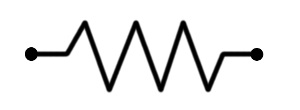
1/4 Watt resistors with their color code Symbol used in wiring diagrams to represent resistance
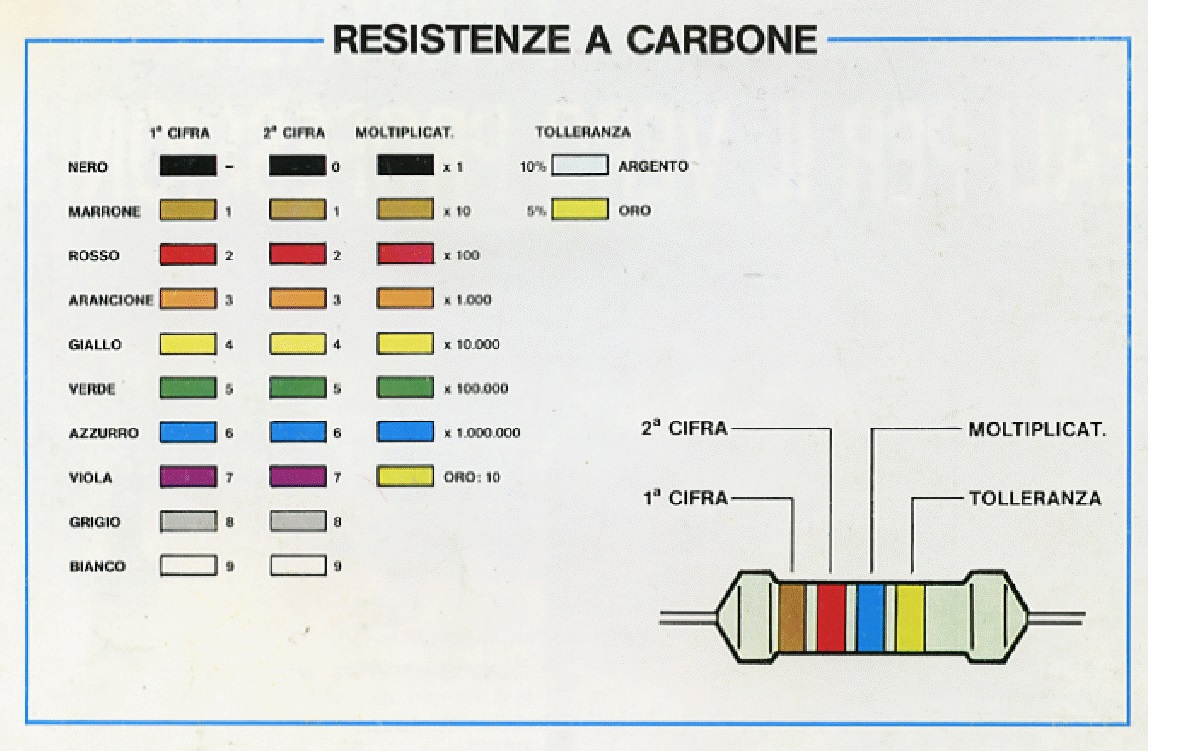
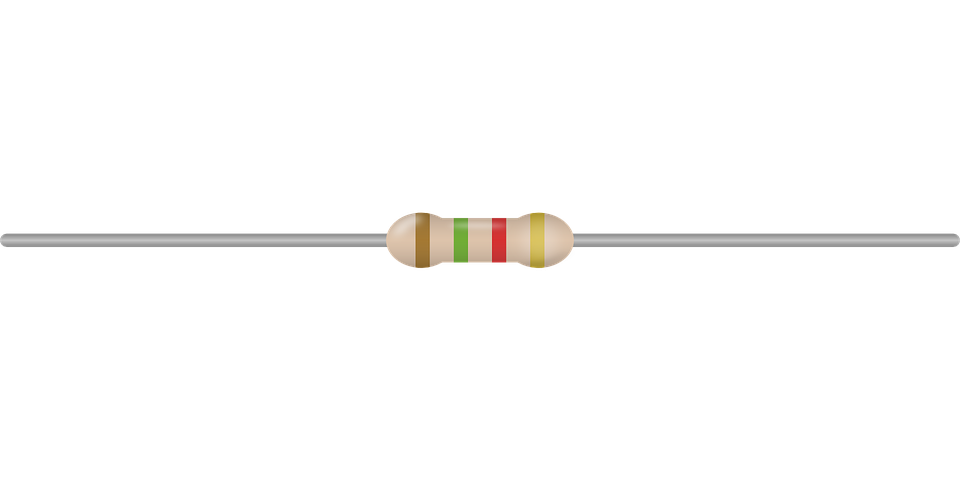
Resistance color code table 1 / 4W resistor and 1400Ω value with 5% tolerance
Using the code is simple, just look at the first two colors starting from the one closest to the leads (connection terminals) and add as many zeros as indicated by the multiplication coefficient represented by the third color.
Example, we have a resistor with the following colors. brown, black, red, it reads like this: looking at the table we see that brown corresponds to number 1, black corresponds to number 0, then we get number 10, at this point seeing that red corresponds to number 2 we add two zeros and our number becomes 10 + two zeros = 1000 that is 1000Ω. The fourth color band represents the tolerance, i.e. how much the effective value of the resistor can be moved more or less with respect to the nominal value, for example a 100Ω resistor with a 5% tolerance can have a real value from 95Ω to 105Ω , the lack of the fourth colored band indicates a tolerance of 20% (resistors in disuse for many years). There are high power resistors with ceramic body in which the value and power are indicated directly by printing on the container. Resistors are also manufactured whose value can be changed manually (rheostats and potentiometers), and automatic resistors (NTC and PTC heat sensitive), for further information please contact me by going to the "contacts" page
The Capacitors or electrical capacitances are passive electronic components whose value is measured in Farad (symbol F, the submultiples pF and µF are used) made up of two plates with a dielectric in an insulating material between them, they are used to store energy in the form of a field electrostatic and then return it when required, they are used in circuits thanks to their properties of acting as filters, decouplers, phase shifters or power factor correctors (because they introduce a delay in the return of the stored signal) by transmission line tuners (see radiowave page) and their property of blocking the direct current and allowing only alternating currents to pass (exploiting the capacitive reactance, that is the aptitude to be crossed by more intense currents as the frequency rises). There are various types of capacitors, the most important are electrolytic (used for large capacities), ceramic and polyester, the name is due to the composition of the dielectric (if polyester, it means that the dielectric is made of polyester material, if ceramic, with ceramic material), air can also be used as dielectric (with obvious limitations). The maximum potential difference applicable to the capacitor depends on the thickness of the dielectric, overcoming it a destructive event occurs for the component, that is the perforation or discharge through the dielectric which makes it useless (short circuit), it is printed on the container together with the capacity and indicated as Vl (Voltage work). Manually variable value capacitors are also manufactured (variable capacitors), for further information please contact me by going to the "contacts" page.
Ceramic and electrolytic capacitors Symbol used in wiring diagrams to represent capacitance
Polyester Tube Capacitors Surface Mount Chip Capacitors (SMD)
Establishing the value of the capacitors is not difficult, just understand the rule, as regards the electrolytics you will find everything clearly stamped on the container including the polarity, yes because you have to be careful, the electrolytics are polarized components, you cannot connect them at random, otherwise it happens the destruction of the component (explosion) which can also be dangerous in the case of a high capacity capacitor.
For ceramics, refer to the
table available at
this link.
For polyester capacitors refer to the table
available at
this link.
For surface mount chip capacitors (SMDs)
it is impossible to trace the value without resorting to the circuit
diagram or capacitor.
The Fuses are components designed to protect electrical circuits, they are simple but important components, there is at least one fuse in every electrical or electronic device. Their function is to cut off if the intensity of the current exceeds that predetermined by the manufacturer of the apparatus, in practice in the event of a short circuit or other malfunction that causes the current absorbed to rise in a dangerous way, the fuse cuts out and opens the circuit. avoid overheating and fires. There are fast fuses (which break immediately), semi-delayed (slightly delayed at the break) and delayed (there is a pre-established time before the break) in order to satisfy every need. Self-resetting fuses are also manufactured, but only for small currents.
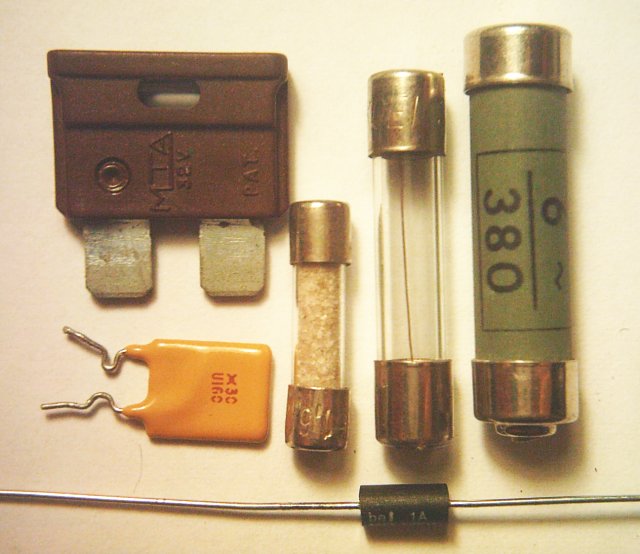

Various types of fuses, including the yellow one of the self-resetting type. Electrical symbol of the fuse
The value of the maximum current that can pass through them and the applicable voltage are stamped directly on the fuse.
The passive components are not only those mentioned above, there are many others, among others we can mention:
The inductance or coil use the electrical property of the inductive reactance of having an increasing impedance as the frequency of the signal passing through it increases, it is made up of a solenoid wound on a plastic material or on a ferromagnetic core, it works only in the presence of signals alternating, its value is expressed in Henry (capital symbol H), in direct current it is nothing more than a wire having a minimum capacity and resistance, which are a parasitic parameter, and must have a value as low as possible, so as not to affect too much the quality (Q) of the component.
The relay is a component that serves to allow the passage or not of a larger electrical quantity using a much smaller signal, it consists of one or more contacts (exchanges) controlled by a coil, which, crossed by a current, creates an electromagnetic field that attracts the contact or not, the crossing of the coil by an adequate current determines the closure of the contact and therefore the passage of current through it (larger electrical quantity), while the opening (no current in the coil) interrupts its passage.
The VDRs or varistors are components that serve to limit overvoltages that could damage electrical and electronic circuits, they are similar to arresters and exist for various operating voltages.
Switches and diverters are simple manually operated contacts which interrupt the flow of current or divert its path.
The Quartzs are components that use the piezoelectric property of quartz, if we apply an electrical voltage to a piezoelectric material they shrink or expand in a way directly proportional to the applied voltage, if instead we apply a pressure to its ends a directly proportional voltage is established to the applied pressure, the quartzes are used in high frequency to fix the oscillation frequency of the oscillators, or more generally to make pressure transducers, to find out more you can consult the radiowave page of this site.
If you want to know more or need professional advice, you can get in touch with me via the Contact page.
Following a series of images that will make you better recognize the components just treated, click on the images to enlarge and view them better.
Electrolytic, polyester, fuses, inductance and resistors of various values Inductances, solid electrolytic capacitors and active components (MOSFET)
SMD microfuse In the foreground NTC resistor and damaged fuse
Quartz In the background inductances (green), capacitors and resistors SMD
Of course it is impossible to
condense all these concepts in a small space, mine is just a good guide
for those who are looking into this fantastic world, it is still
possible to deepen or request professional advice by contacting me, for
this go to the contact
page.
Thank you for visiting my website and following my
guide, come back to visit it, you will find new notions and new topics
from time to time.
Electronics Active electronic components
Home
Informatics, Computer networks , Software and operative system
Electronics, Active components, Passive components
Radiotecnics
Seismology
Contacts
Who i am
Audio
Created and mantained by Armando Caligiuri (C) 2024 Version 3.2 ext
Armando Caligiuri, Electronic senior expert, Electronic and I.T. maintainer, electronic project implementer, I.T. consultant
Webmaster Armando Caligiuri, for the use of the contents of the site visit the Disclaimer page
